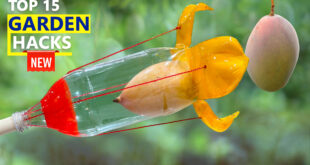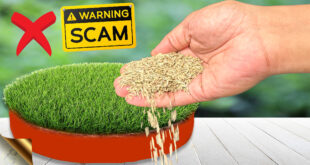Ficus plants, commonly called figs are a group of about 900 species of trees and shrubs.
The most popular houseplant is ficus benjamina commonly called as weeping fig or just a ficus tree. There are several varieties of this plant that are grown as houseplants and they are also commonly grown as bonsais. Also one more important point to note is: they are very good air purifying plants as recommended by NASA.
You can check out some of these I have here:
- Weeping Fig (Ficus Benjamina or just called ficus tree) – Its called weeping fig because of its drooping branchlets and glossy leaves which are oval with an sharp pointed tip.
- Starlight Ficus is a variegated version of ficus tree. This leaf shape and features are similar to weeping fig with beautiful margined leaves with creamy-white pattern.
- Ficus Safari: This is similar to starlight ficus but with little larger and thicker leaves.
- Ficus Triangularis: This is a variegated variety of ficus triangularis. You can see how beautiful and unique the leaves appear. They are triangle shaped and the base of the triangle is the apex of the leaf.
- Ficus Bengalensis: I must mention about this tree. This is the Banyan tree – the national tree of India.
- Ficus Elastica or Rubber Ficus, FIcus religiosa, and lots of varieties. You can checkout my video on Ficus bonsai collection at a bonsai museum. You can check the link at top right corner of this video.
Well, now moving on to Few important common care tips about ficus trees including important tips on repotting, leaf shedding, fertilizer requirement and so on..
- SUNLIGHT: Most ficus trees enjoy bright indirect sunlight or filtered sunlight like under a shadenet with variegated varieties able to tolerate a little higher sunlight. Direct Hot sunlight may result in leaf burning , leaf browning and leaf drying and eventually leaf loss. Ofcourse Leaf loss or leaf fall in ficus plants is a big topic and needs a detailed discussion, because there are many reasons for this type of stress including repotting, less sunlight, too much sunlight, under or over watering, winter season and many other causes. And regarding direct sunlight – let it be in direct sunlight only in the early morning hours and avoid noon sunlight.
- SOIL requirement : It can do well in any soil, but growth is best in a well draining soil with good amount of compost and nitrogen source like decomposed cowdung.
- WATERING: This is very important for proper ficus care and to avoid leaf yellowing and leaf drops. The only important tip to apply for ficus tree is dipping your finger onto the top soil and check. Water well only if its completely dry to avoid over watering.
- Temperature and Humidity: It cannot tolerate temperature extremes like too hot and too cold. It does well between 15 to 30 degrees centigrade. It also prefers a good humidity for growth. It s a good idea to provide it with a humidity tray made of pebbles and water in areas where humidity is low.
- Fertilizer: Feed it once or twice in a month in growing seasons except in winter. You can use a general purpose NPK or even organic like decomposed cowdung or horsedung.
- Container Size and Repotting: If your ficus is larger, repotting every 2 years in a larger container is recommended for best growth. If ficus is in a smaller container, repotting once in a year is recommended. Depending on whether root bound and root health, you can perform root pruning before repotting. After repotting, keep in shade for about 1 -2 weeks and water less frequently to combat transplant shock and leaf drops. This applies to any plant. You can also water once with dilute Epsom salt solution like 1 teaspoon per liter of water.
Please watch a video on Ficus Bonsai Collection at a Bonsai Museum with many beautiful fig bonsais and many are over hundred years old. You can watch this by clicking HERE.
 GKVKs – Gardening Tips and Store Gardening Tips and Store
GKVKs – Gardening Tips and Store Gardening Tips and Store



